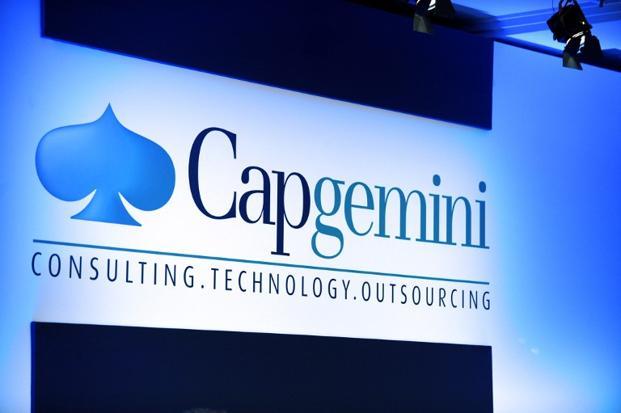The Importance of Visual Merchandising in Shelf Management
Visual merchandising is a vital aspect of retail that involves creating visually appealing displays to attract customers to products and encourage them to make a purchase. One area where visual merchandising is especially important is shelf management.
By optimizing the way products are organized and presented on shelves, retailers can improve their sales and create a more engaging shopping experience for customers.
In this article, we’ll explore the importance of visual merchandising in shelf management and offer some tips for how retailers can use it to their advantage.
The Importance of Shelf Management
Shelf management is the process of organizing products on shelves to make them more attractive and accessible to customers. Effective shelf management is critical for retailers because it can impact sales in a variety of ways:
- It can increase product visibility, making it easier for customers to find what they’re looking for.
- It can help optimize shelf space, ensuring that retailers are making the most of their store’s real estate and maximizing their revenue potential.
- It can improve the overall shopping experience by creating a more organized and visually appealing environment.
- It can reduce costs associated with restocking and inventory management by making it easier for employees to access products and keep shelves fully stocked.
With all of these benefits, there’s no doubt that effective shelf management is a critical part of retail success. If you’re looking for ways to optimize your shelf management, one of the most effective strategies is to employ visual merchandising.
The Role of Visual Merchandising in Shelf Management
Visual merchandising involves using design, color, lighting, and other visual elements to create an engaging and attractive shopping experience for customers.
In the context of shelf management, visual merchandising can help retailers achieve goals like:
- It can create a more visually appealing environment that makes products more attractive to customers.
- It can help retailers highlight certain products or promotions, drawing attention to specific items that are particularly popular or on sale.
- It can make it easier for customers to navigate the store and find the products they’re looking for, reducing frustration and improving the overall shopping experience.
- It can improve brand recognition and customer loyalty by creating a consistent and memorable visual identity for the store.
To achieve these goals, retailers must pay close attention to the way products are organized and presented on shelves. Here are a few tips for effective visual merchandising in shelf management:
- Use color to your advantage: Color is a powerful tool in visual merchandising. By using color to create contrast and draw attention to specific products, retailers can make it easier for customers to find what they’re looking for. For example, if a retailer wants to promote a particular product, they might use shelf talkers or other signage in a bright, eye-catching color to draw attention to it.
- Keep it organized: A cluttered shelf can be overwhelming and confusing for customers. By keeping shelves organized and well-stocked, retailers can create a more pleasant shopping experience and reduce frustration. One way to achieve this is by using shelf glides for shelf management of beverages or any other product. This allows products to slide forward as they are removed, making it easier for employees to keep shelves neat and organized.
- Create a visual hierarchy: Customers are naturally drawn to products that stand out. By creating a visual hierarchy on the shelf, with the most important or popular products at eye level and others placed lower or higher, retailers can make it easier for customers to find what they’re looking for and encourage them to explore other products in the same category.
- Use lighting effectively: Lighting is another powerful tool in visual merchandising. By using lighting to highlight certain products or create contrast between products, retailers can create a more visually appealing and engaging shopping experience. For example, spotlights can be used to draw attention to a particular product, while backlighting can create a dramatic effect and make products appear more vibrant and eye-catching.
- Use signage strategically: Signage is an important part of visual merchandising in shelf management. By using signage strategically, retailers can communicate important information to customers and draw attention to promotions or new products. However, it’s important not to overdo this, as too many signs can be overwhelming and detract from the overall shopping experience.
- Keep it fresh: Finally, it’s important to keep shelf displays fresh and updated on a regular basis. By rotating products and changing up displays, retailers can create a sense of excitement and encourage customers to keep coming back to see what’s new.
Final Thoughts
In today’s fiercely competitive retail landscape, effective shelf management and visual merchandising are essential for success. Retailers who fail to optimize their shelf space and create engaging displays risk losing customers to their competitors.
However, those who invest in visual merchandising and implement best practices in shelf management can increase sales, improve brand loyalty, and ultimately see a positive impact on ROI. With the right techniques and strategies in place, retailers can create a shopping experience that not only attracts and retains customers but also sets them apart from the competition.
For more insightful articles like this, check out The Tricks Trend today!




